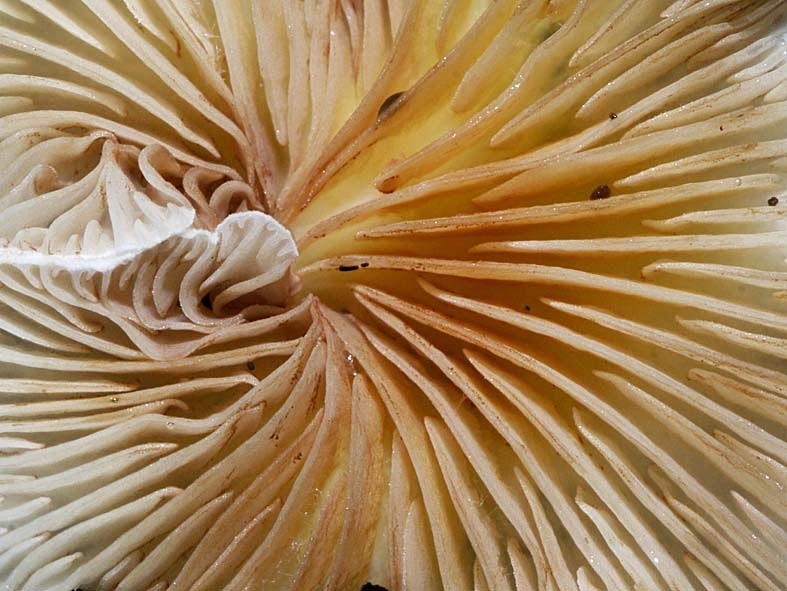Today's Guardian Country Diary is about the way in which the right combination of habitat factors - light, humidity and shelter from the wind - can coincide to provide conditions that favour the luxuriant growth of lichens on trees.
All of these lichen species were festooning just three larch trees in a plantation in Hamsterley forest. The trees were at close commercial spacing in neat rows, but only three on the outside row, in a dip in the ground, carried a dense population of lichens. The next row in, about five feet behind, had a few but the row beyond those, that would have been too shaded in summer when the larches carried needles, had none at all.
This beauty, also shown in the four photos immediately below, is (I think) Usnea subfloridana. Its delicate branches don't respond well to being buffeted by gales but in this sheltered location it hung like beards from the trees.
I've yet to identify the following species but they too covered the lower branches of the larches.
Ramalina farinaceae (?)
Hypogymnia physoides (?)
Evernia prunastri (?)
Cetraria chlorophylla (?)
Hypogymnia physoides (?)
Cladonia fimbriata (?) growing on an old larch cone








































































